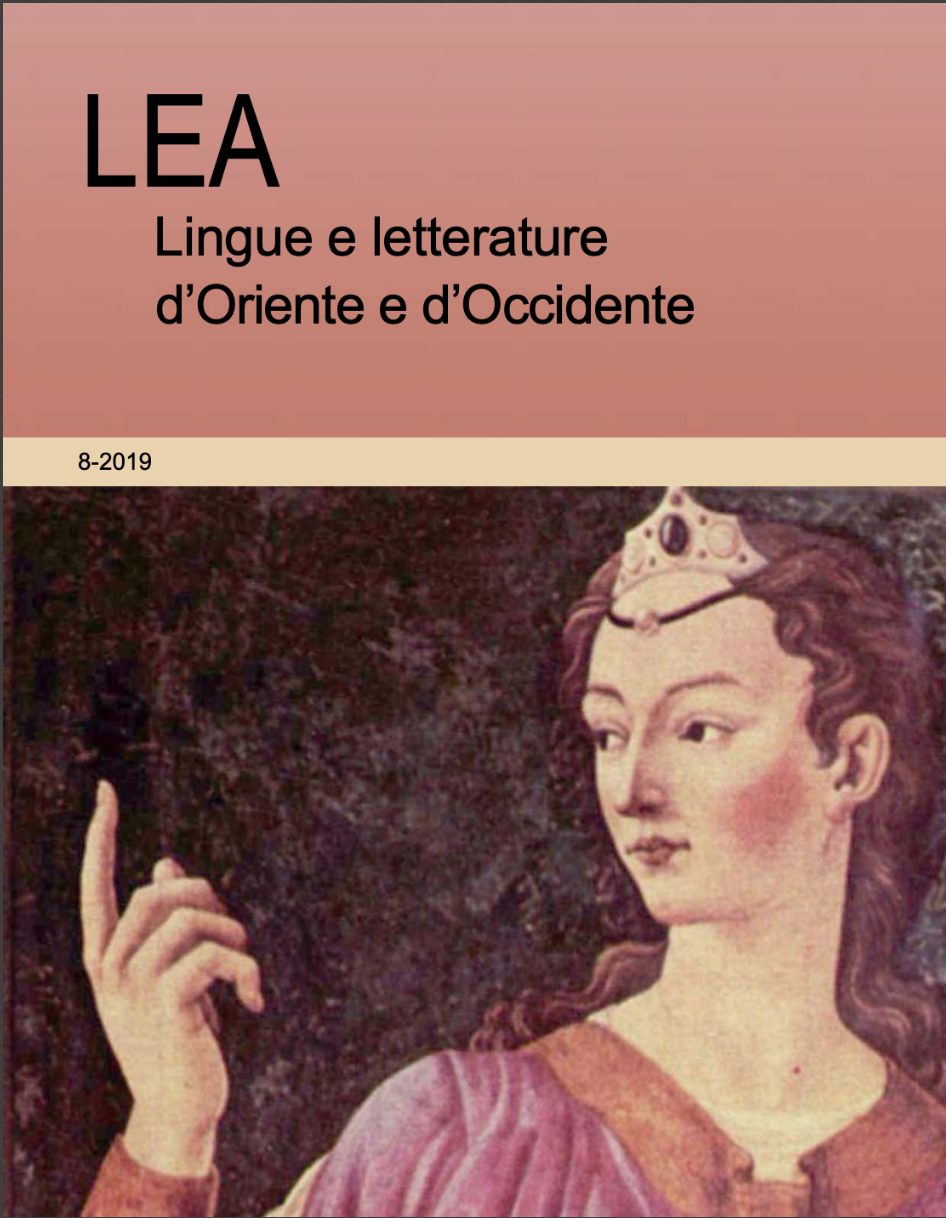Traduction et imaginaires du Canzoniere de Pétrarque, parcours comparés d’artistes et traducteurs . Glomeau et Feltesse, Aragon et Picasso, Bonnefoy et Titus-Carmel
Published 2020-12-30
Keywords
- imaginary,
- Petrarca,
- Petrarchism,
- reception,
- translation
Abstract
This essay analyses Petrarchist imaginary through several French editions of the Canzoniere in order to explore the relations between poetic translation and images, textuality and imagination (Bachelard 1960). The translations seem to testify to a work of and on the imaginary (Raimondo 2016; Bezari, Raimondo,Vuong, 2018), and more particularly the translations of the Canzoniere are privileged objects to observe these dynamics, because they often present a paratext of images that, on the one hand, accompany and support the translation work, while, on the other hand the images themselves become infra-semiotic translations. These visual representations have a distinctive status: far from being mere figures illustrating translations, they are “entities that can stand the test of time” (Pinotti, Somaini 2016), models which perpetuate themselves and testify to the crystallization and metamorphosis of a Petrarchist iconosphere. This study will focus on three French editions of the Canzoniere which will help us to trace the contours of a “twentieth-century Petrarchism”: Marie Anne-Glomeu’s translation with etchings by Emile Feltesse (1920), Louis Aragon’s translations with etchings by Picasso (1945) and Yves Bonnefoy’s translations with designs by Gérard Titus-Carmel (2001). What does it mean to translate the Canzoniere over a time spanning from the interwar period to the present day? How did the heritage of Renaissance and Romanticism finally reverberate in the imaginaries of the 20th-century translators?



